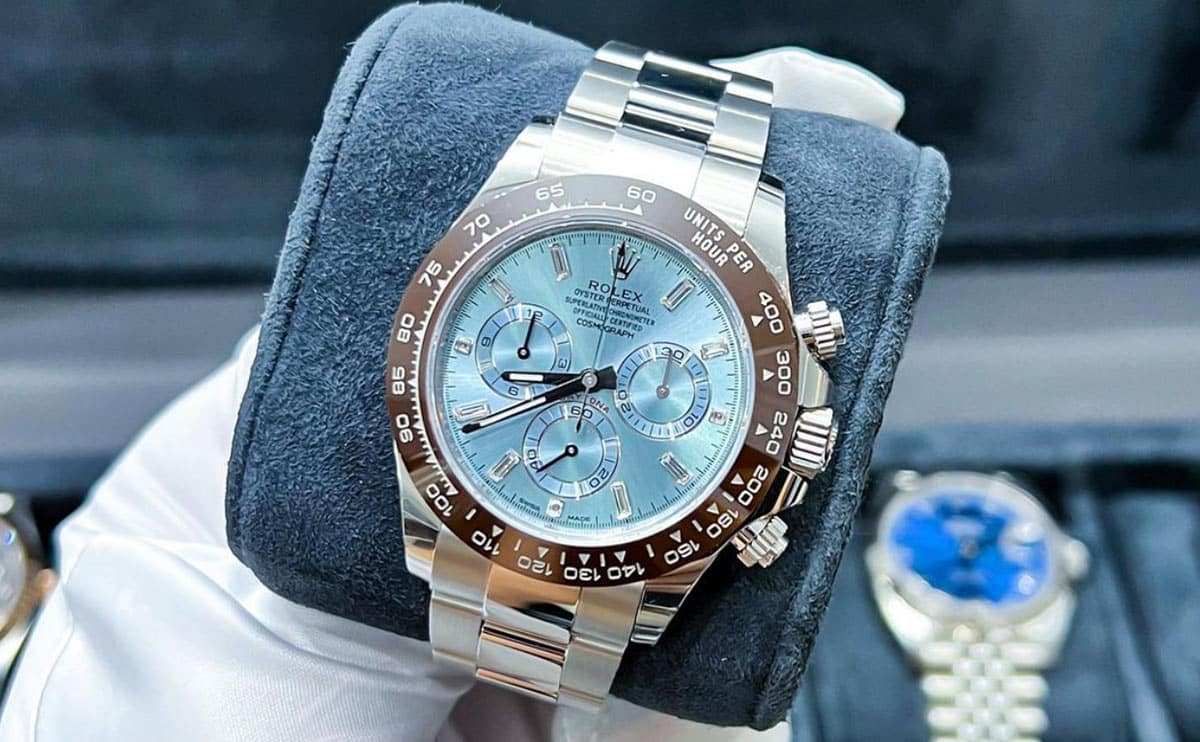Timepieces come in different styles, and each piece can be unique and customized to complement the needs of its owner, from the type of metal used to complications and more. An essential part that needs to be considered when designing a custom luxury watch is the watch movement. In this article, let us examine the most popular types.
What are watch movements?
A watch movement, more commonly known as a caliber, is what makes a watch tick. This mechanism ensures that everything connected to time-keeping operates smoothly.
Manufacturers use many watch movements. The three notable ones are automatic, manual, and quartz. The automatic and manual ones are also known as mechanical movements. Understanding the difference between the three movements is important as the way they function and their impact on our daily life differs. These differences should be taken into consideration when purchasing custom-made luxury watches.
Quartz movements
Quartz movements are known for their ticking maneuver that moves per second. Their source of power is electrical batteries. These watches are highly accurate and do not require winding. Also, as they have only a few mechanical parts, the maintenance needed is minimal. Most of the time, the only thing one would need to do is change the battery.
While quartz timepieces have a lesser value than mechanical ones, they are easy to use. No matter how long it is stored, as long as the battery still has power, people can wear it and go about with their day. Therefore, quartz movements are a great choice if an individual values time and convenience more than monetary value.
Mechanical movements
Mechanical watches have a smooth maneuver and continue to move as seconds pass. They use a tightly wound spring as their source of power. However, depending on whether it is automatic or manual, it may require daily winding.
Manual caliber watches are the oldest timepieces ever created. They have existed ever since the 17th century, and the mechanism it uses hasn’t changed much through the years. They are hailed as collectors’ items because expert watchmakers intricately craft the mechanism that drives the watch. They require daily winding, though.
Manual watches also need to be handled very carefully. When they are going to be wound, it needs to be removed from the wrist to ensure that the parts do not break by accident. Care should be taken to stop tightening once tension is felt in the spring, as overtightening can damage the movement. For watch connoisseurs, this is the best choice as these timepieces are forever elegant and in demand. For people unsure about handling a manual caliber watch, an automatic movement is the suitable decision for a custom-made luxury watch.
The automatic movement, much like the manual one, uses the spring mechanism as a power source. However, it is self-winding, as the energy needed to turn the spring comes from the wearer’s wrist motion. While it does not require daily winding, this watch has to be used frequently. Automatic movement watches have a power reserve that lasts up to sixty hours. Once it runs out of power, it stops and requires further winding to work again.
This timepiece combines the elegance and sophistication of a mechanical movement with convenience, making it a perfect choice for people working around the clock.
We are experts at customizing timepieces that benefit your lifestyle and personality. Contact us to visit our showroom or browse through our website to discover new collections.


